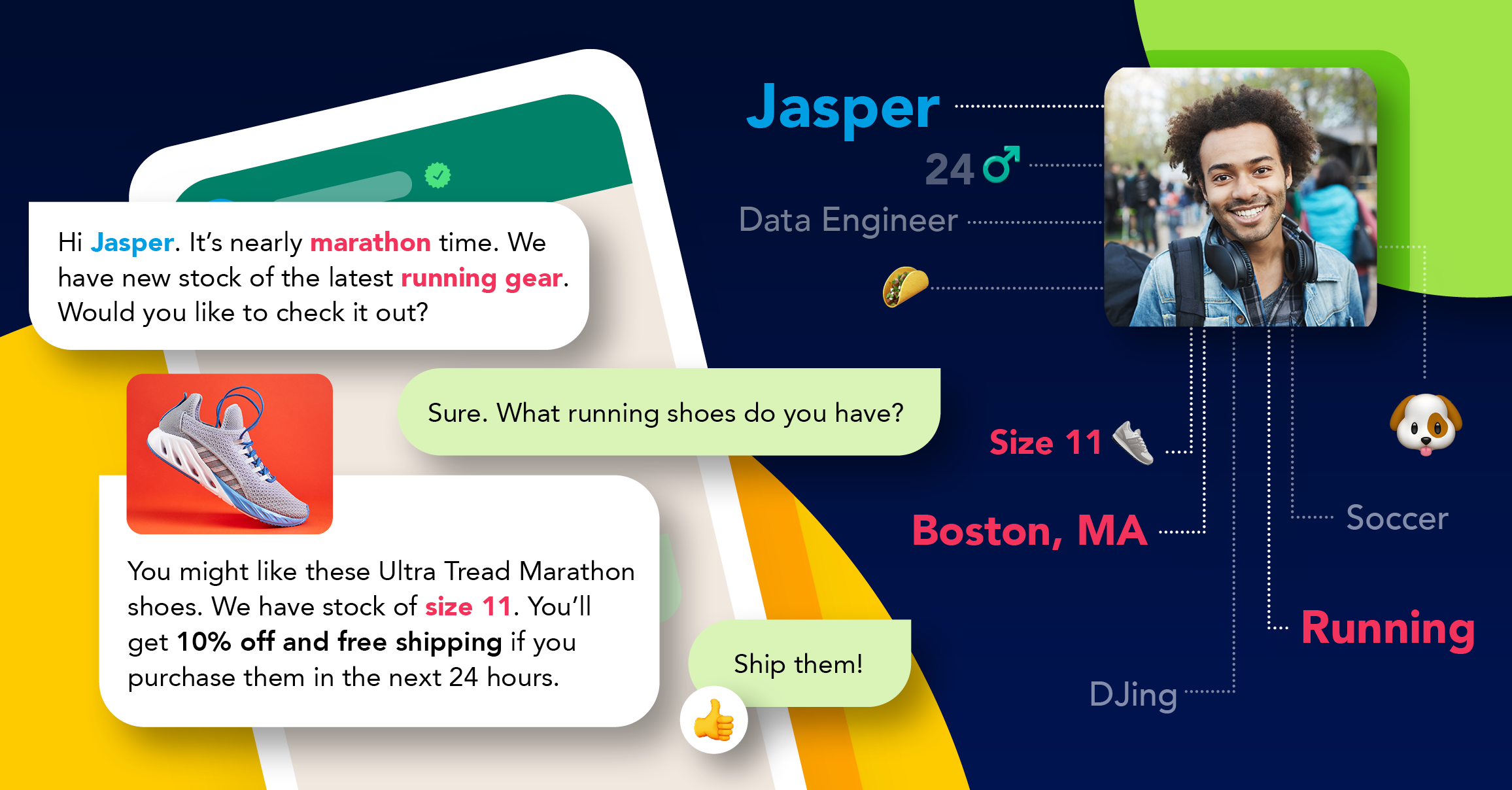
SMS geo targeting
It’s summer time in the US and elsewhere in the north. And that means you’re probably thinking about purchasing grilling equipment, finding new camping sites, and scoring a deal on new bathing suits. So, you’re probably more than a little surprised to find adverts about all your favorite summer activities waiting for you when go online to look for those products. That’s the beauty of geo-targeting at work. Simply, it’s the delivery of content directly to a consumer using either their computer or mobile devices by making use of their specific geographic location.
Brands can use this information to create and drive their sales strategies. Consumer’s geographic location can provide deep, meaningful, and identifiable information to brands. This information can tell you, as a marketer or small business owner, what your customers are interested in and what they’re looking for. Basically, geo-targeting provides you with mind-reading capabilities.
Related: Why geotargeting should be in your marketing strategy
So, how are brands using geo-targeting to drive sales?
An example of a brand winning at including geo-targeting in their sales strategies is shoe brand Timberland. It used two factors to target their audience: location and lifestyle. Those most likely to buy footwear were identified based on their previous store visits and proximity to a Timberland store or stockist. Dynamic adverts were shown to these potential customers showing the distance and direction of the nearest store. The campaign increased store visits by 6% with one out of five of these visits taking place within 24 hours of customers seeing the adverts. Those who were targeted based on their distance from a store were 50% more likely than average to engage with the brand.
Said Timberland’s Andrea Simmen: "We’ve been able to understand the impact of our mobile marketing on visitation to our stores and our stockists, but we have been able to engage key audiences with the most relevant messaging to them."
How can that be improved even more?
Another key way to use this geo-targeting is to pair it with SMSes. Partnering a brick and mortar store with a mobile nudge has been found to be extremely effective. The idea of leveraging mobile and customer proximity, known as geofencing, was tested for many years. It was found that 47% of consumers were open to this type of marketing.
It all starts with offering customers the option to sign up for your exclusive geo-targeting list. Once they’ve signed up, it gives your store the all-important permission it needs to start sending this content to them when they’re nearby. When that customer is in the vicinity of your store, your system will be notified and an automatic text message will be sent to their mobile phone. The SMS will contain a discount code, deal or coupon which will (hopefully) entice them into your store.
A prime example of this could be a local coffee shop messaging consumers when they’re near the store. A customer who might have walked on past might suddenly decide they’re craving a cup of joe when they see your SMS offering a 50% discount on their favorite caffeinated option.
If you’re interested in learning more about this form of marketing, read our recent article about how geo-targeting can improve your online campaigns. It offers tips on creating the right type of content, choosing the correct campaigns and some useful advice about what not to do.
Explore other articles
Step into the future of business messaging.
SMS and two-way channels, automation, call center integration, payments - do it all with Clickatell's Chat Commerce platform.








